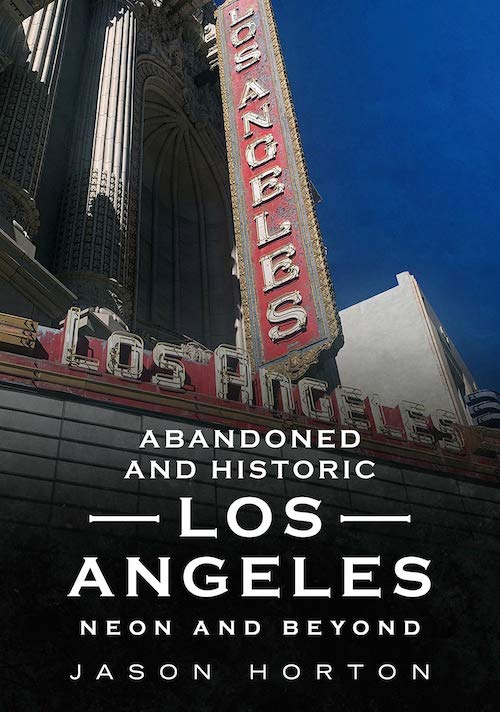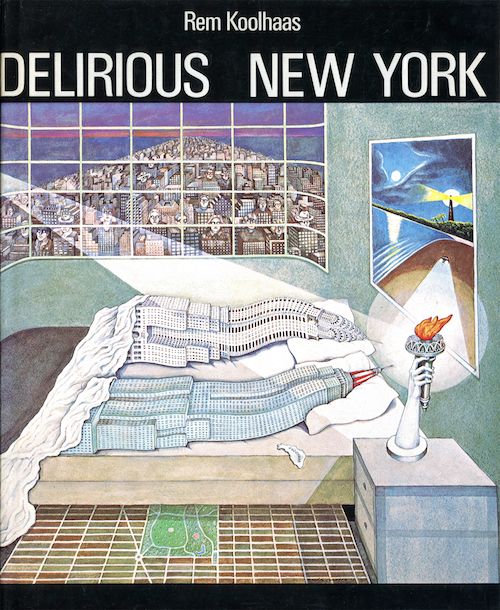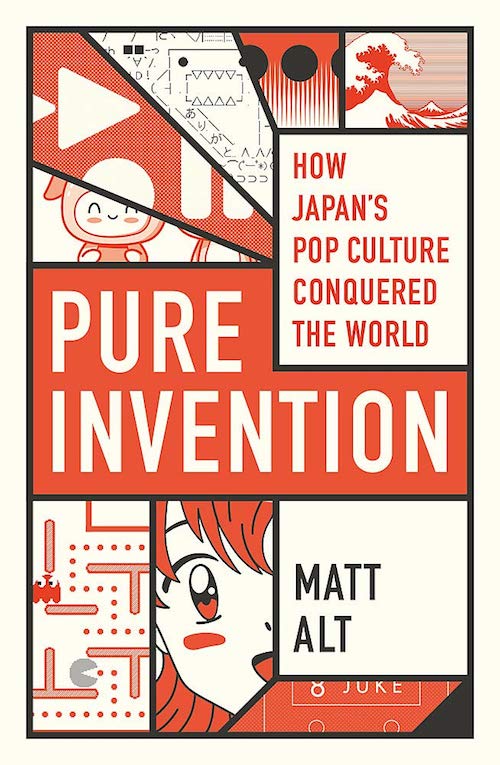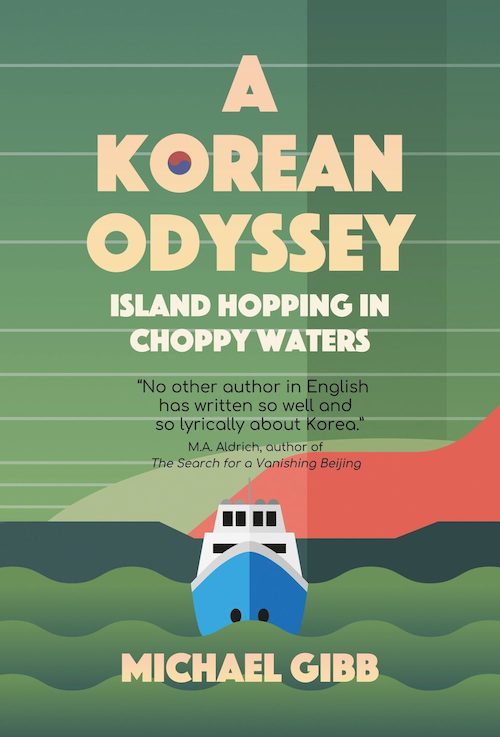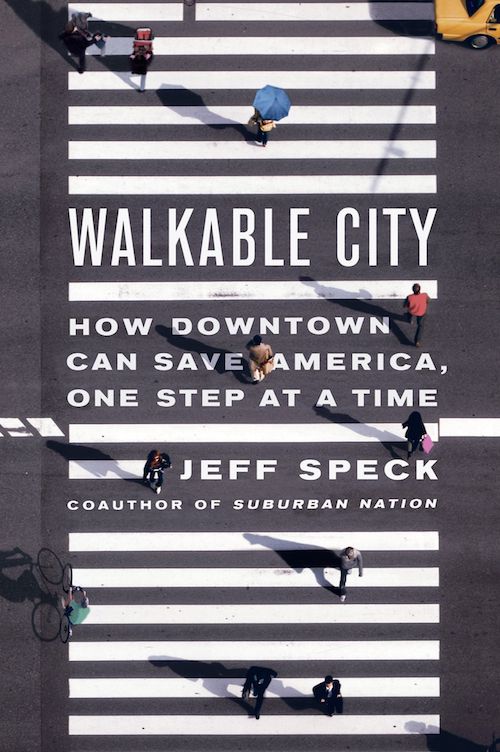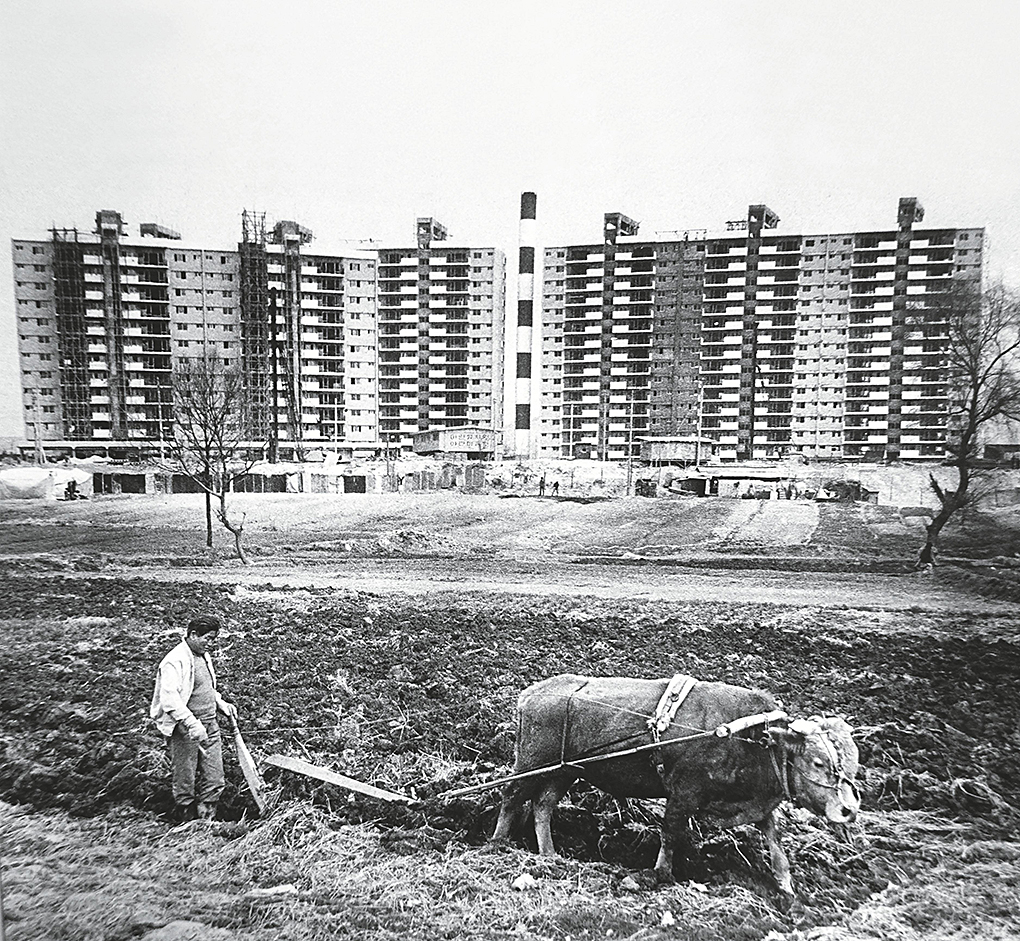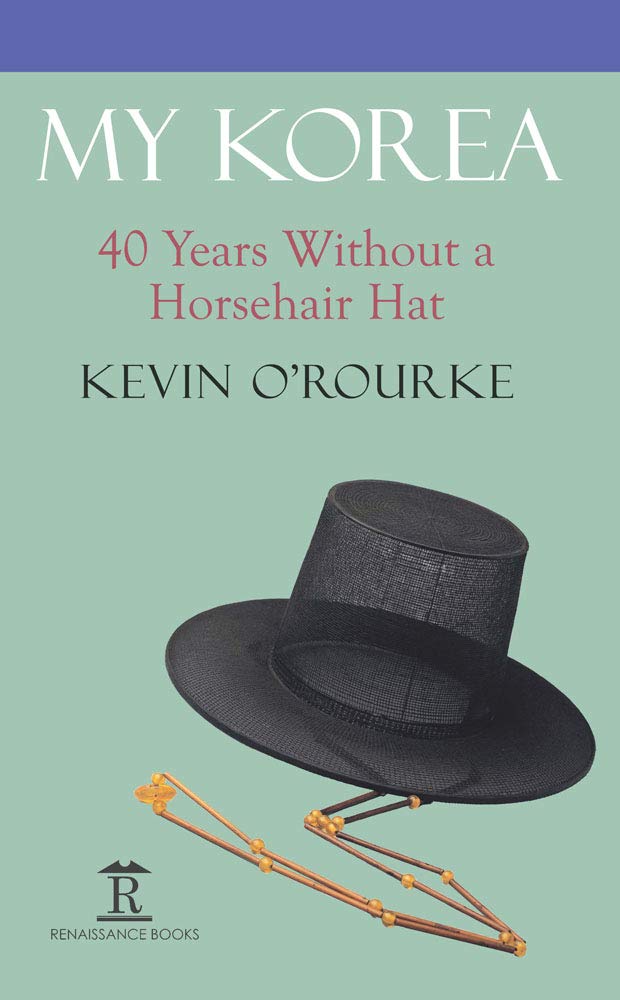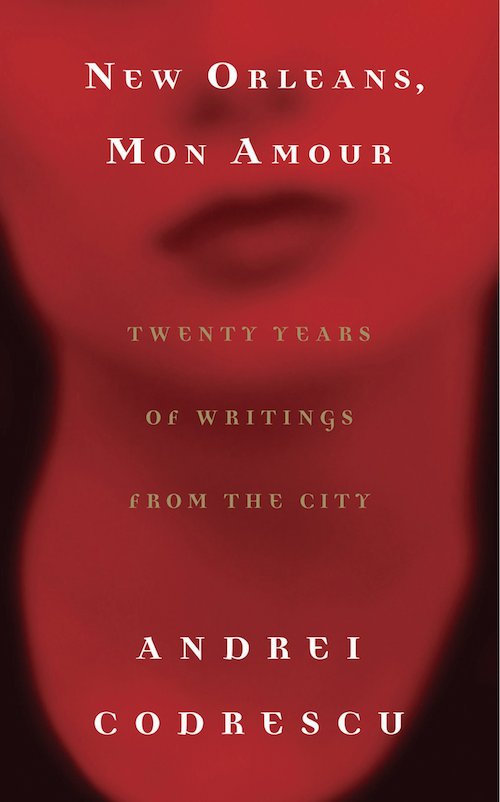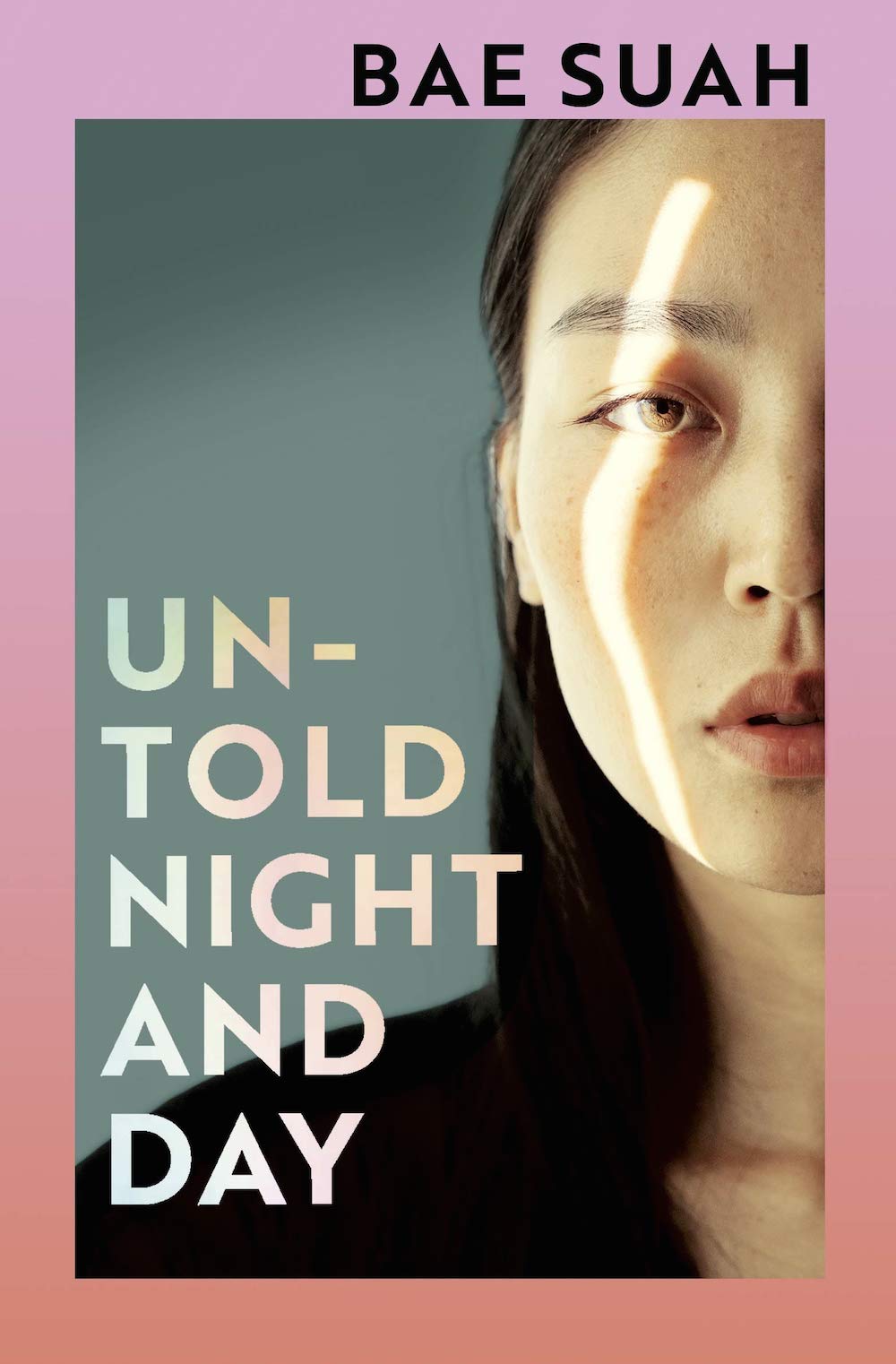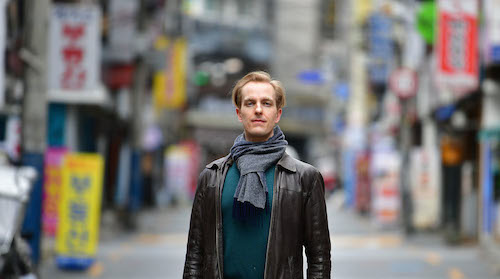
I haven’t lived in Korea long — just long enough to forget that I live in Korea. This presents something of a professional danger, given the supposed subject of so much of my work. But like writing about Los Angeles when I lived there, writing about Korea guarantees me frequent reminders that I do indeed live here. This, in part, inspired me to pitch the idea of a Korea Blog to the LARB just before making the move five years ago: having regularly to consider different topics pertaining to Korea would, in theory, prevent me from retreating into an ersatz West — stocked with Western media, Western food, Western languages, Western friends — of the kind known to entrap Westerners here. It would also record a moment in Korean life, culture, and current events as perceived by one foreigner (and occasionallyothers) with a persistent interest in the place.
As any workaday foreign correspondent would confirm, these past five years constitute a particularly interesting time to have been in Korea. When I arrived, President Park Geun-hye was being protested, but not at the scale — nor for the reasons — that would ultimately see her deposed. The sinking of the M.V. Sewol in the spring of 2014 remained bitterly fresh in public memory, not least due to the release of documentaries like Cruel State (나쁜 나라); the feature Birthday (생일) would come later. And though Korean cinema already commanded a not inconsiderable fan base around the world, nobody could have imagined the unprecedented breakthrough it would make just a few years later, when Bong Joon-ho’s Parasite (기생층) would win the Palme d’Or and then four Academy Awards, Best Picture included.
Then again, I’d can’t say it wouldn’t have pleased me had the work of Lee Chang-dong, whose Burning (버닝) also contended at Cannes, enjoyed that victory; or even more so, that of Hong Sangsoo. Having put out eight pictures in the time I’ve been living in Korea, the latest being this year’s The Woman Who Ran (도망친 여자), Hong offers me one way of marking my time here, but he also did more than his part to inspire me to dig into Korean cinema, and consequently the Korean language, in the first place. And yes, even after five years of life in Korea and more than a dozen years of study, Korean is still hard. It’s actually become harder, in that every day here reveals more of my own linguistic ignorance — which, to my mind, is half the fun of expatriation.
Read the whole thing at the Los Angeles Review of Books.
